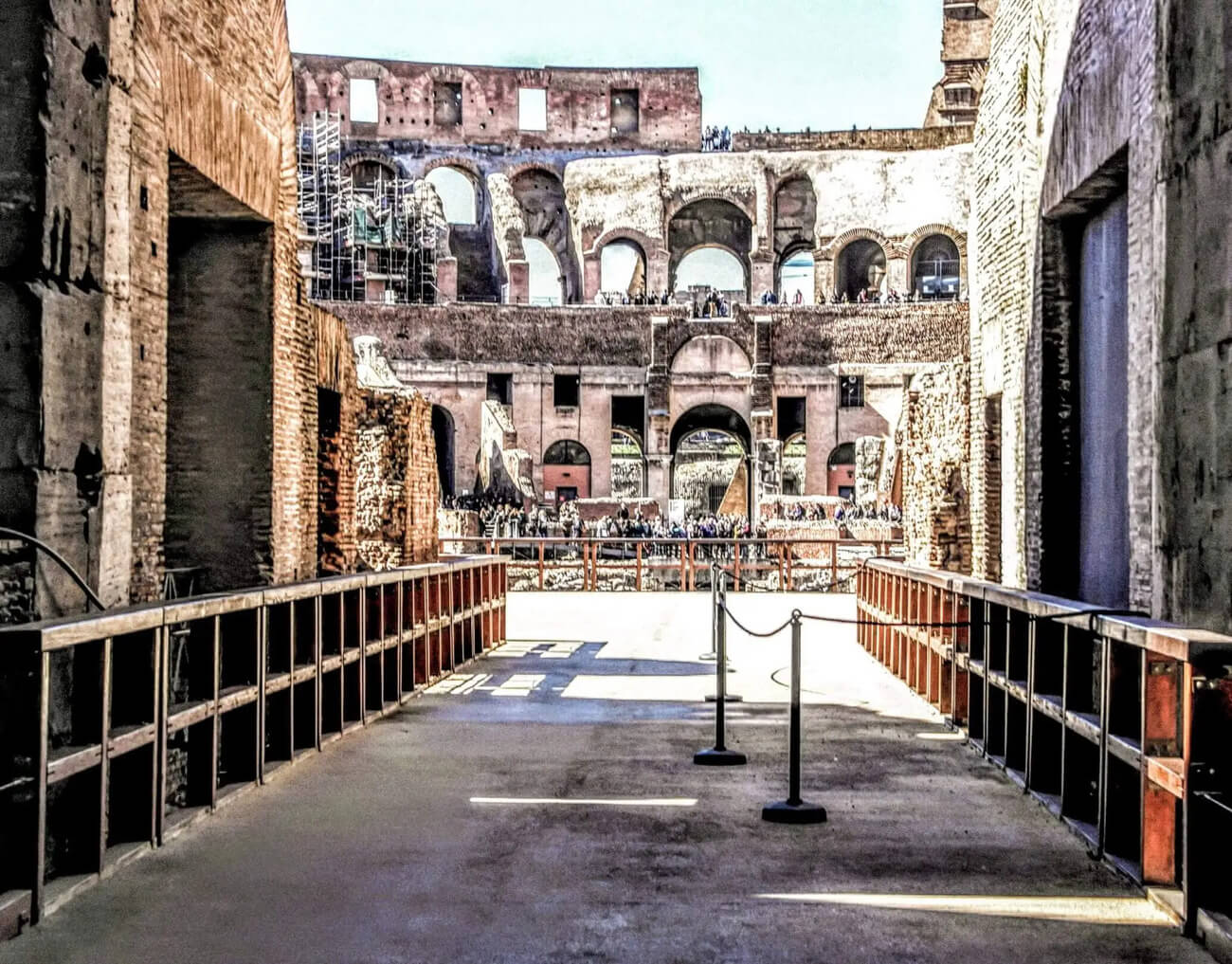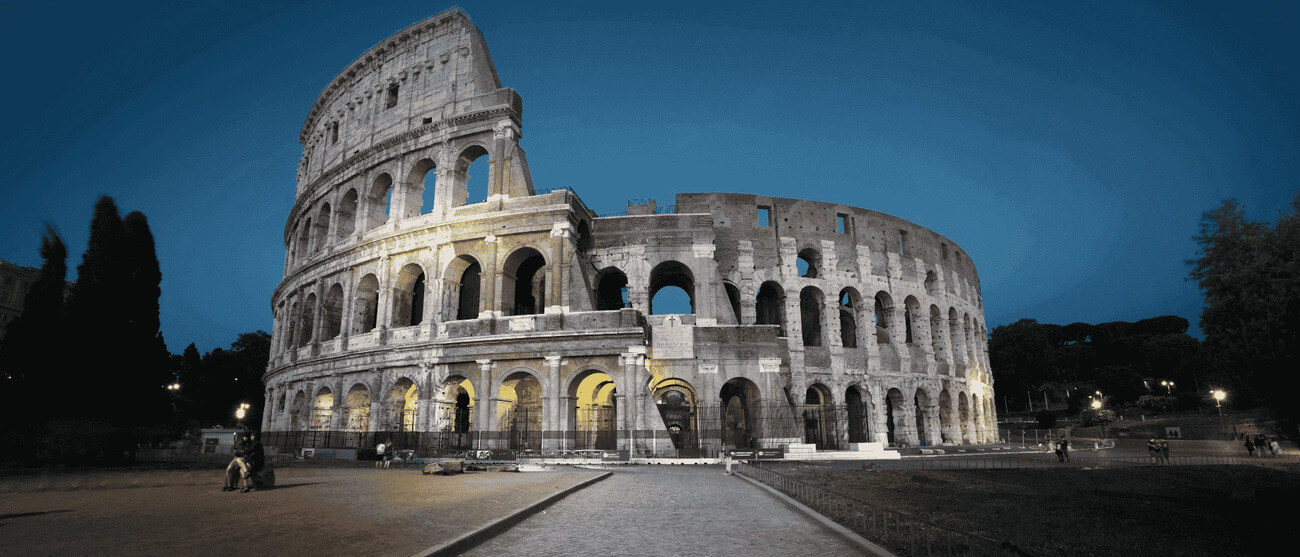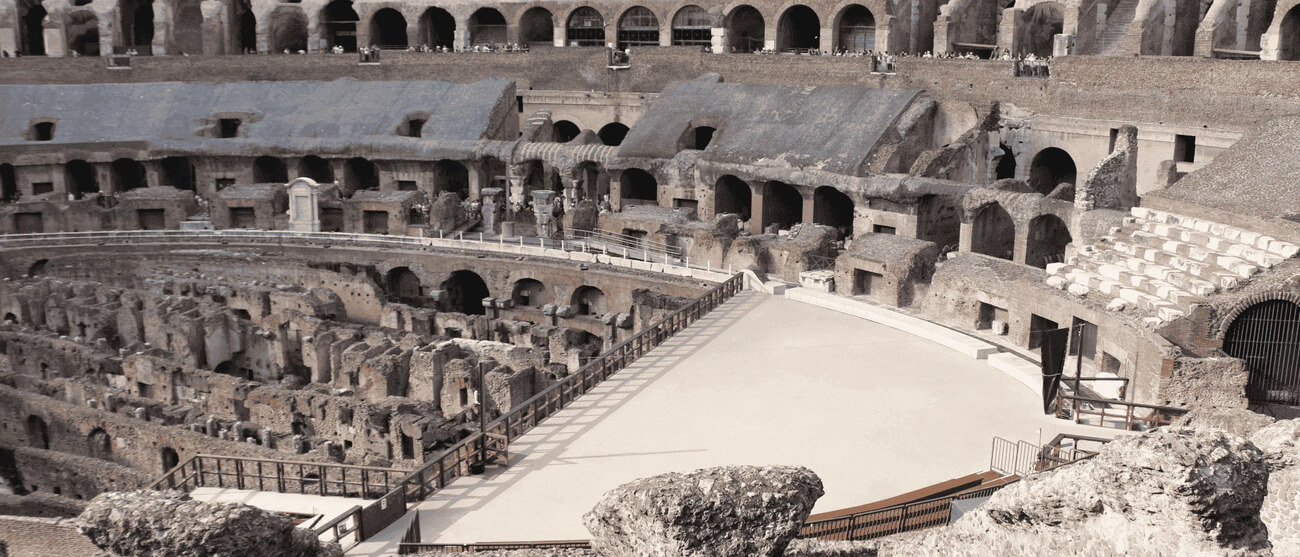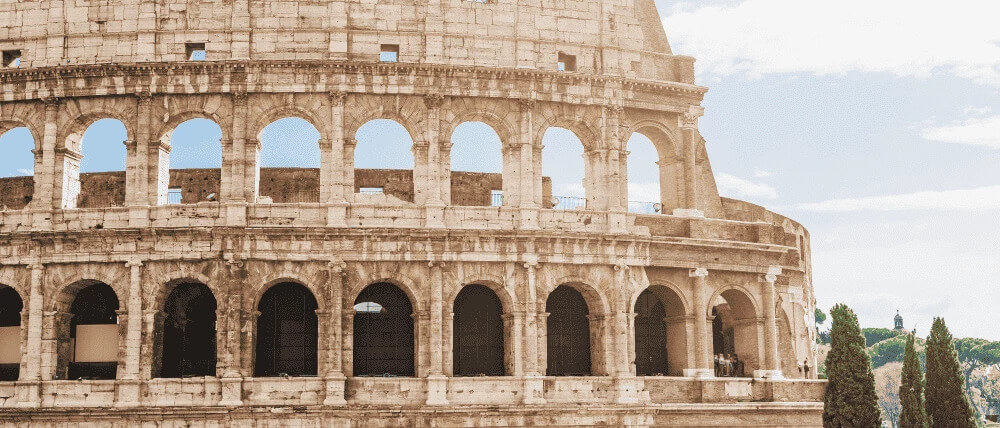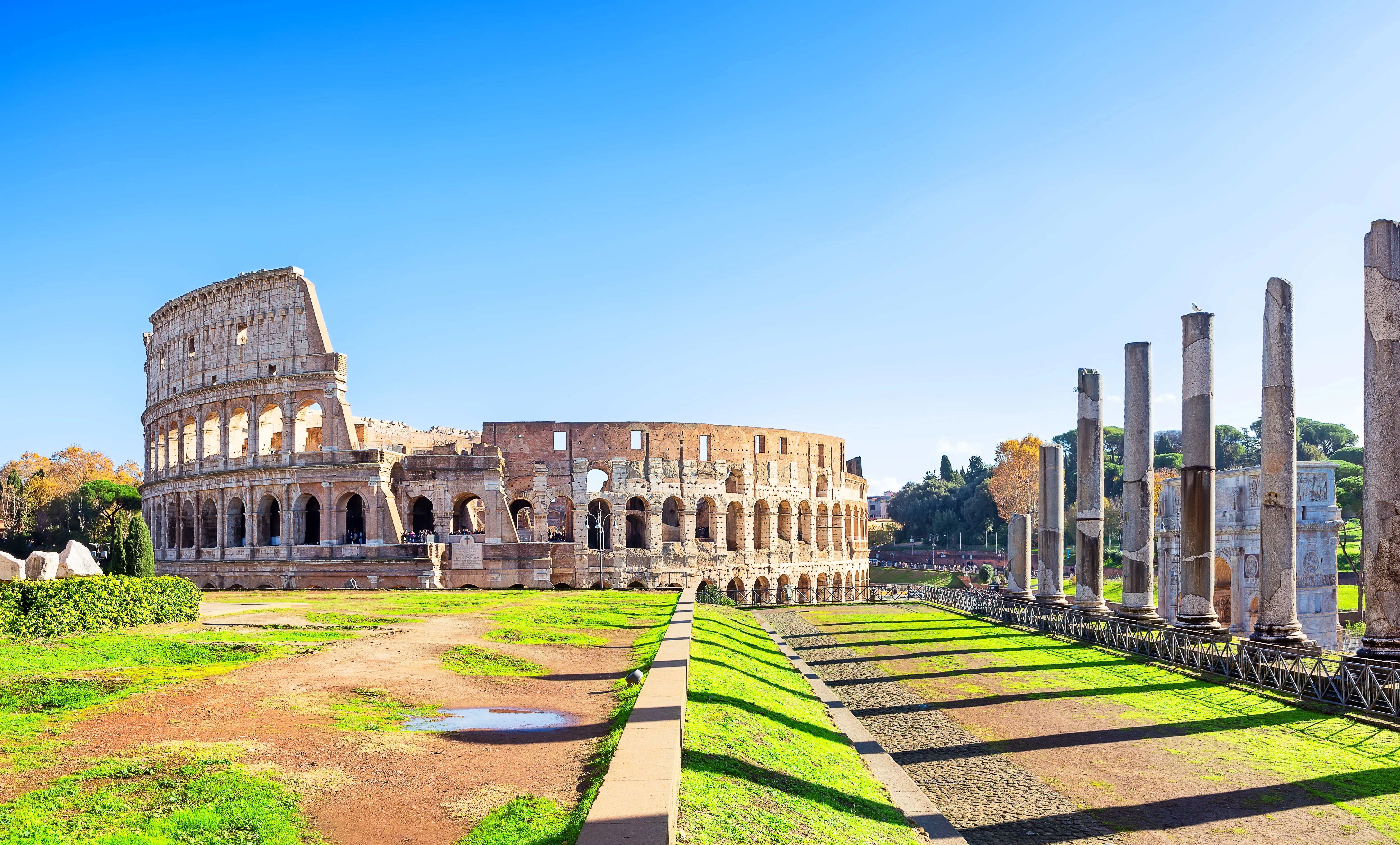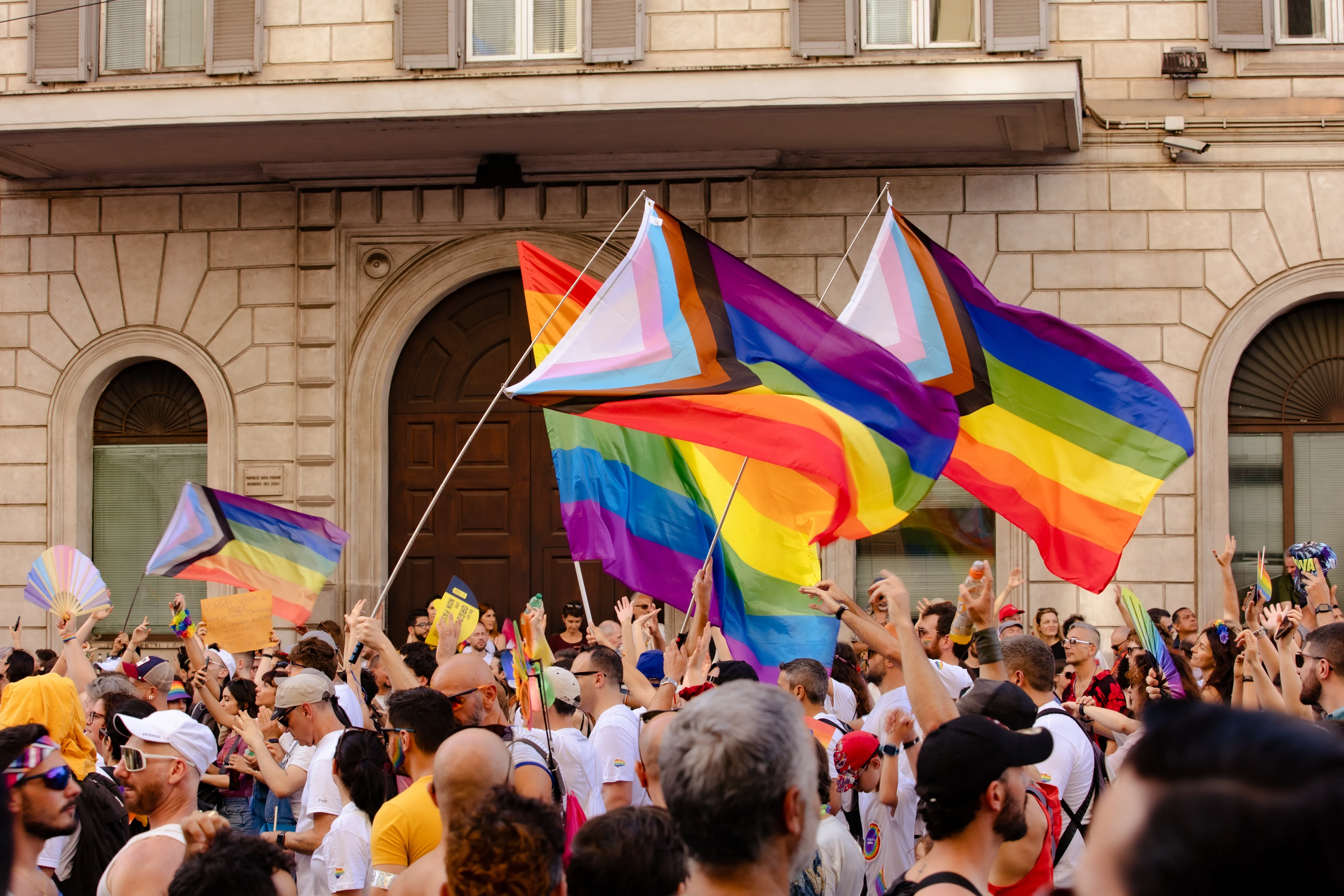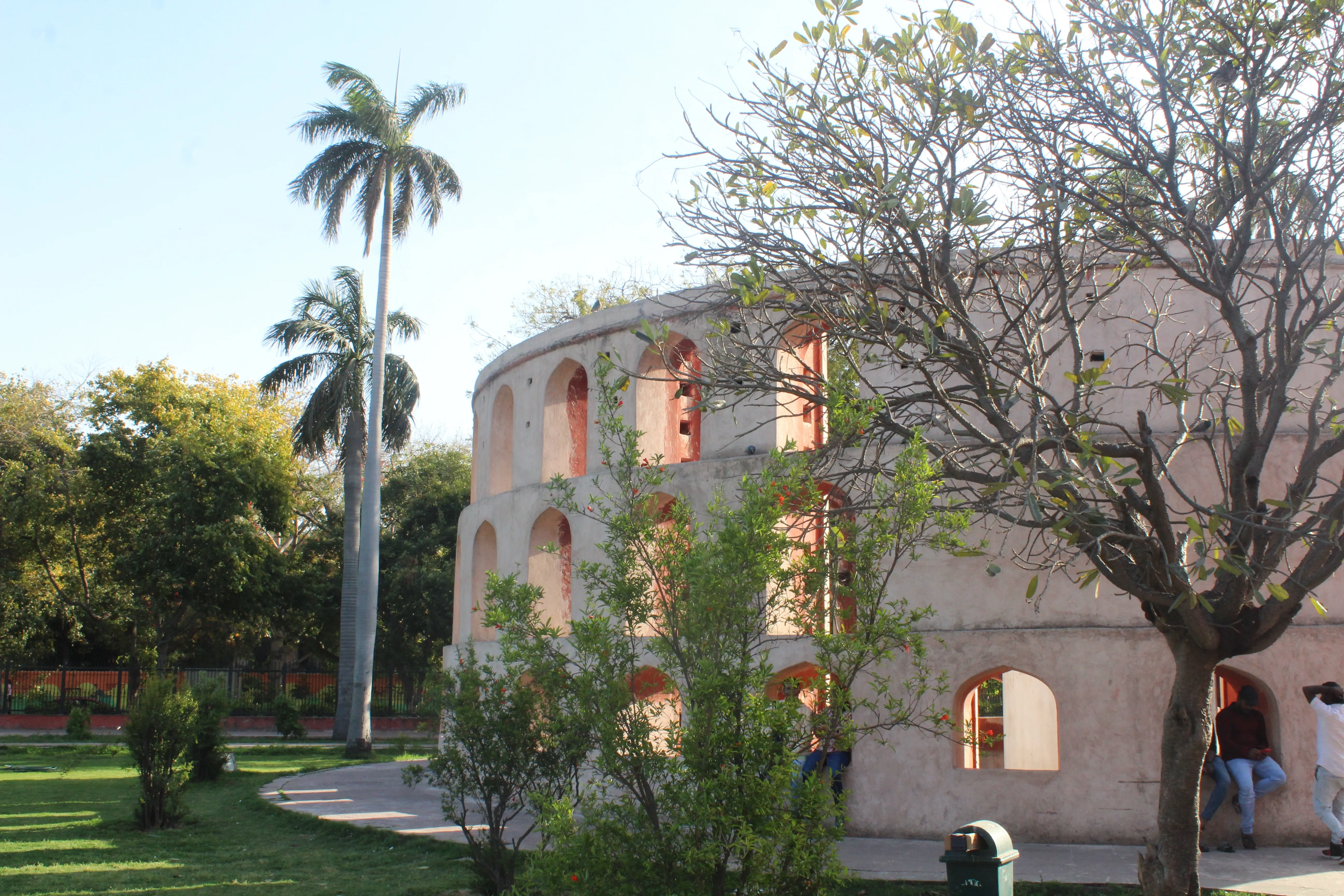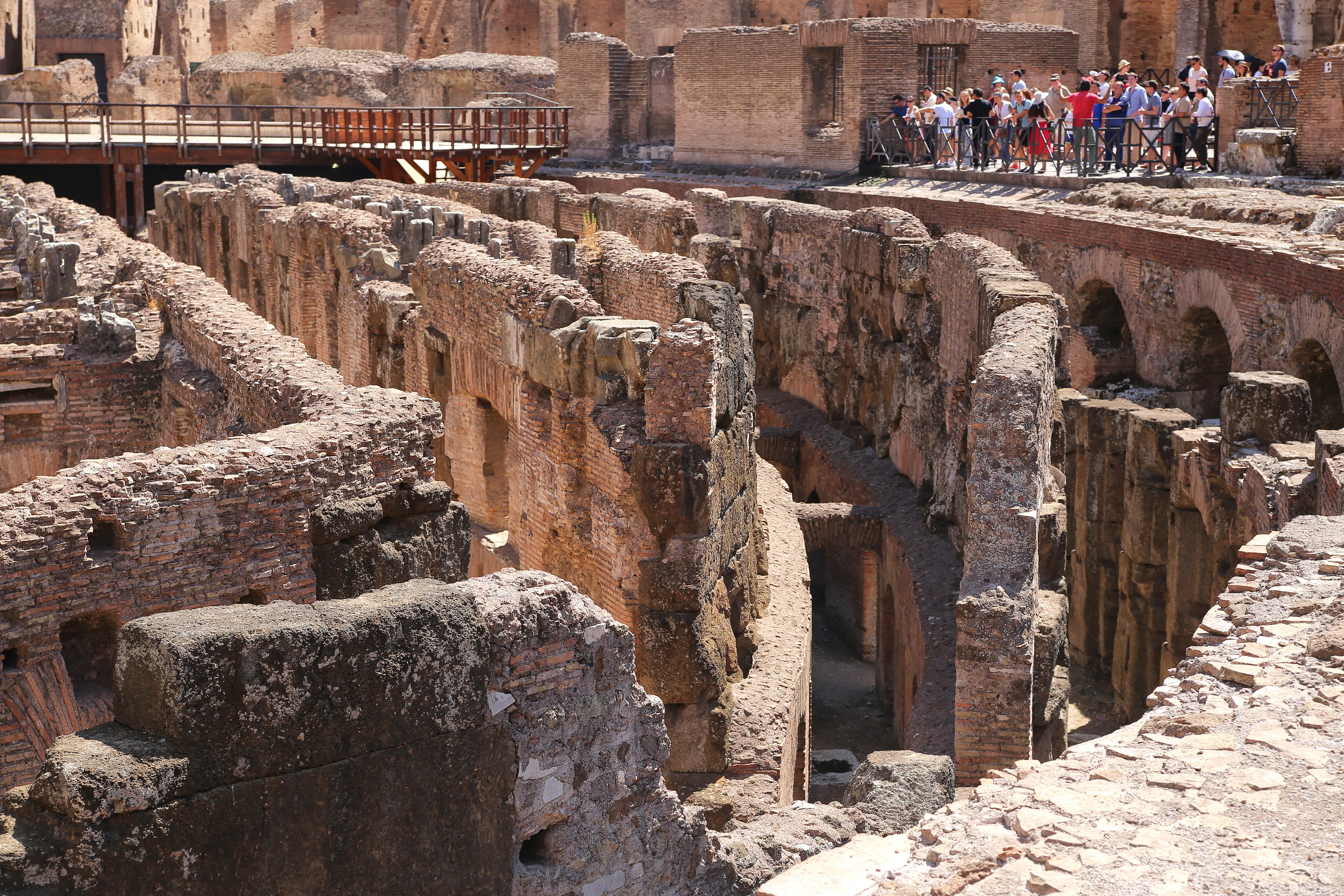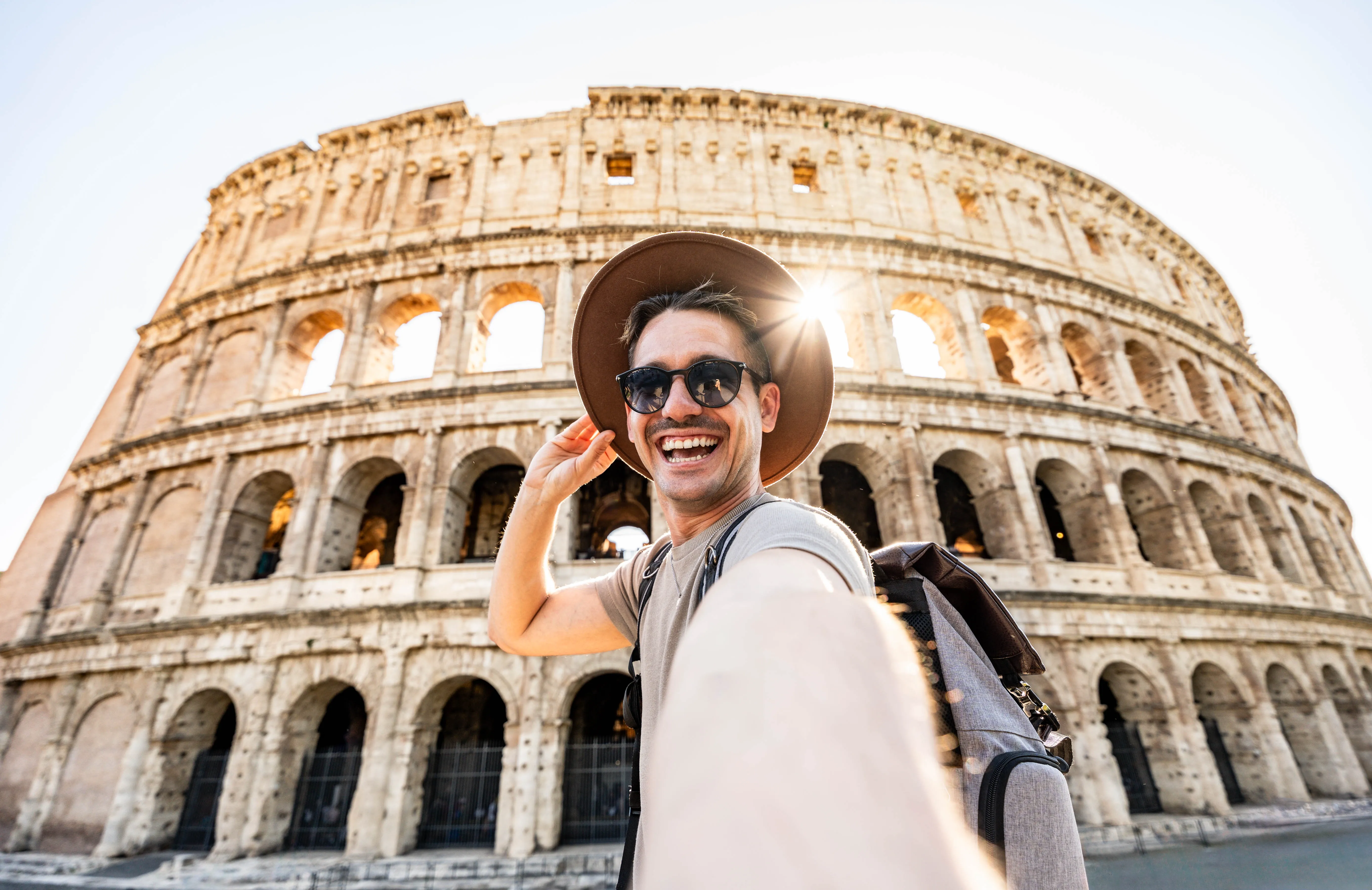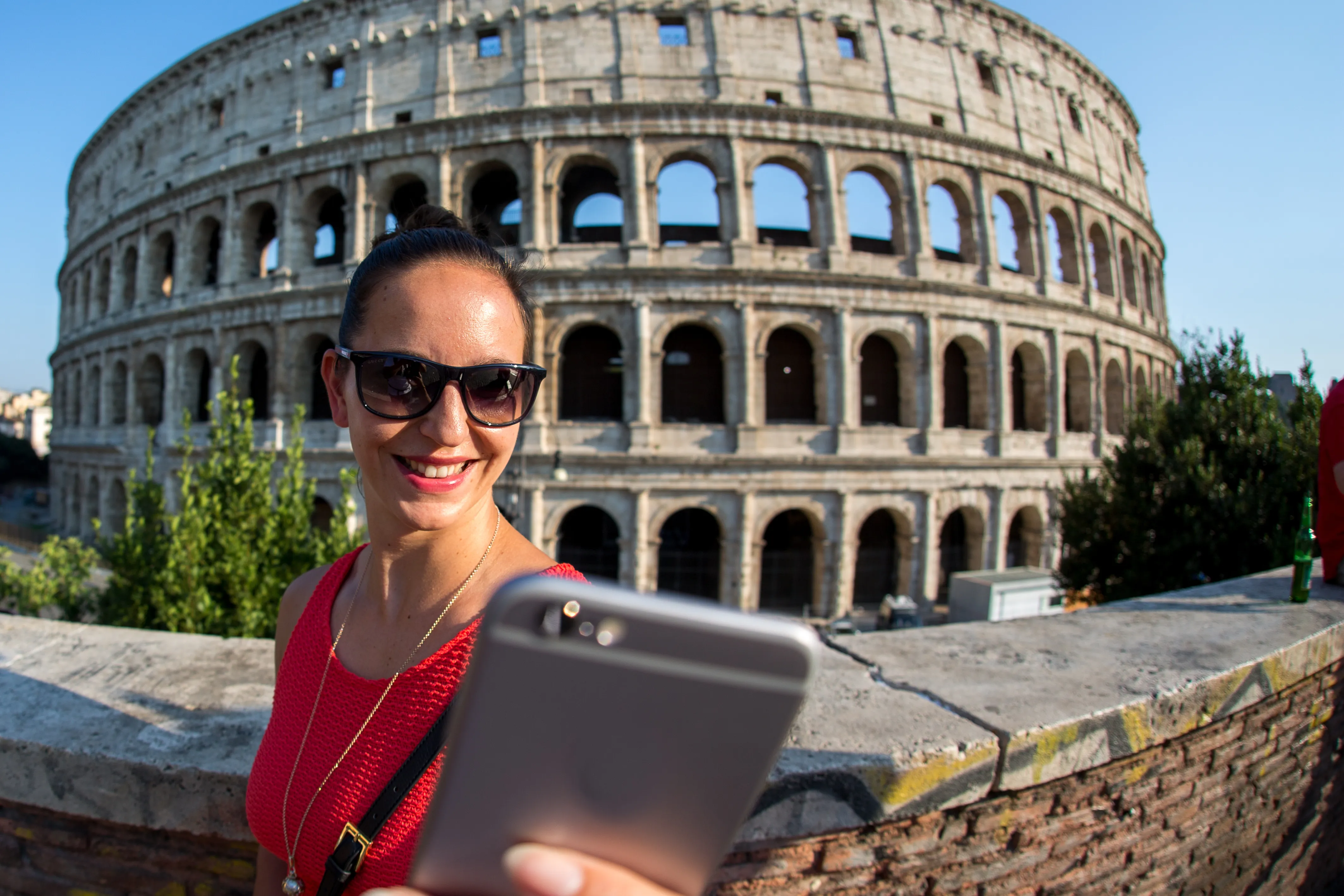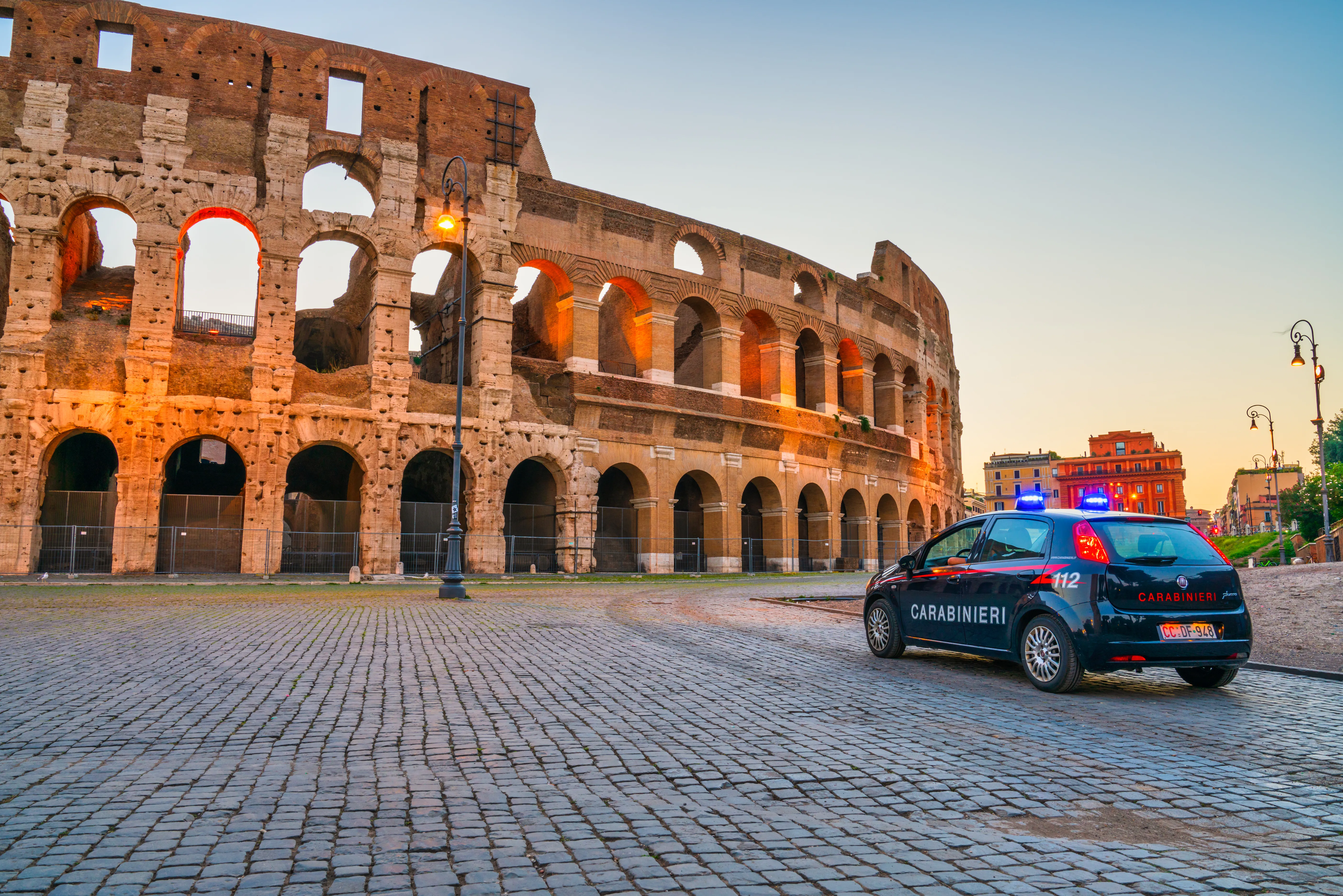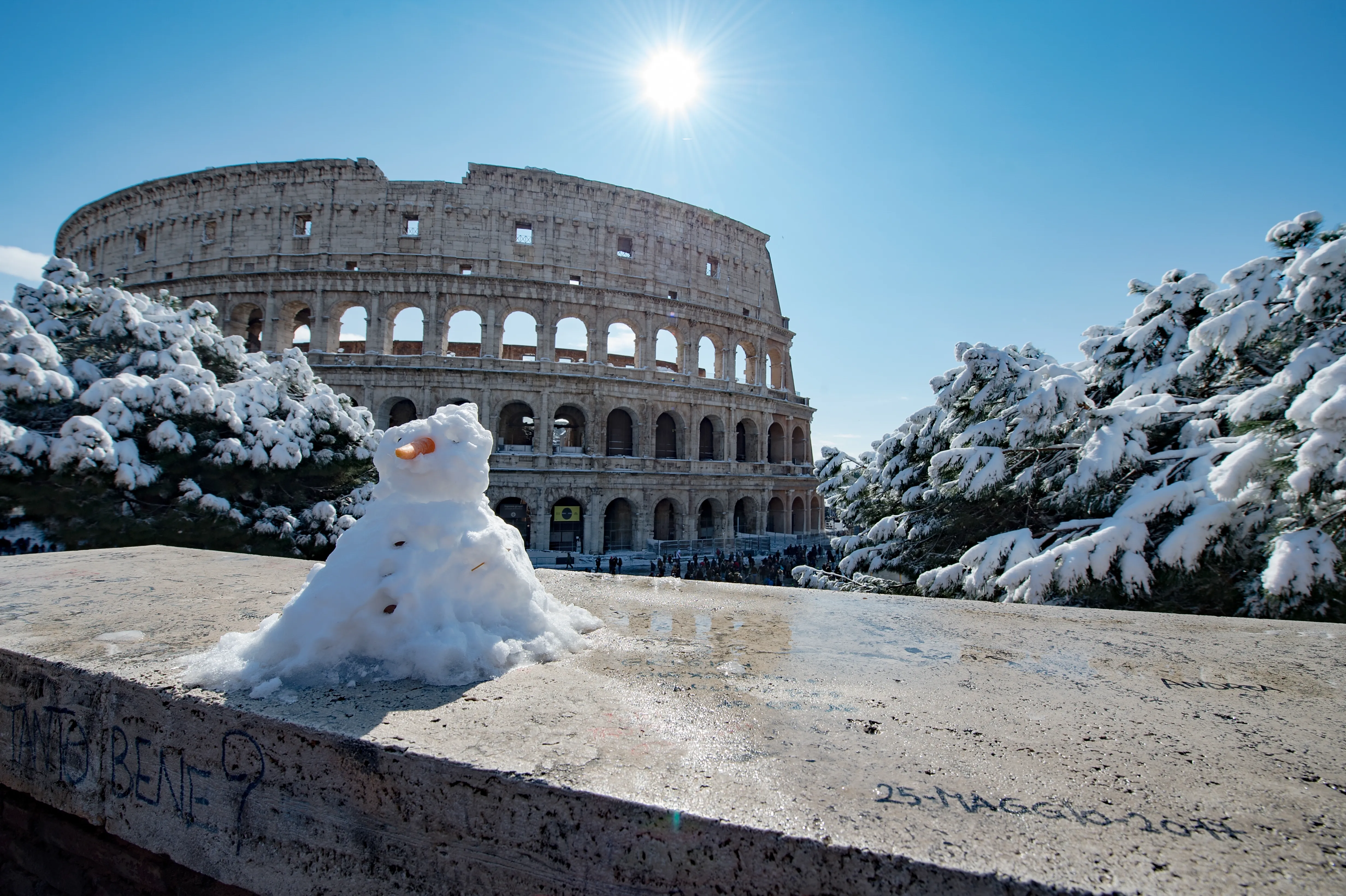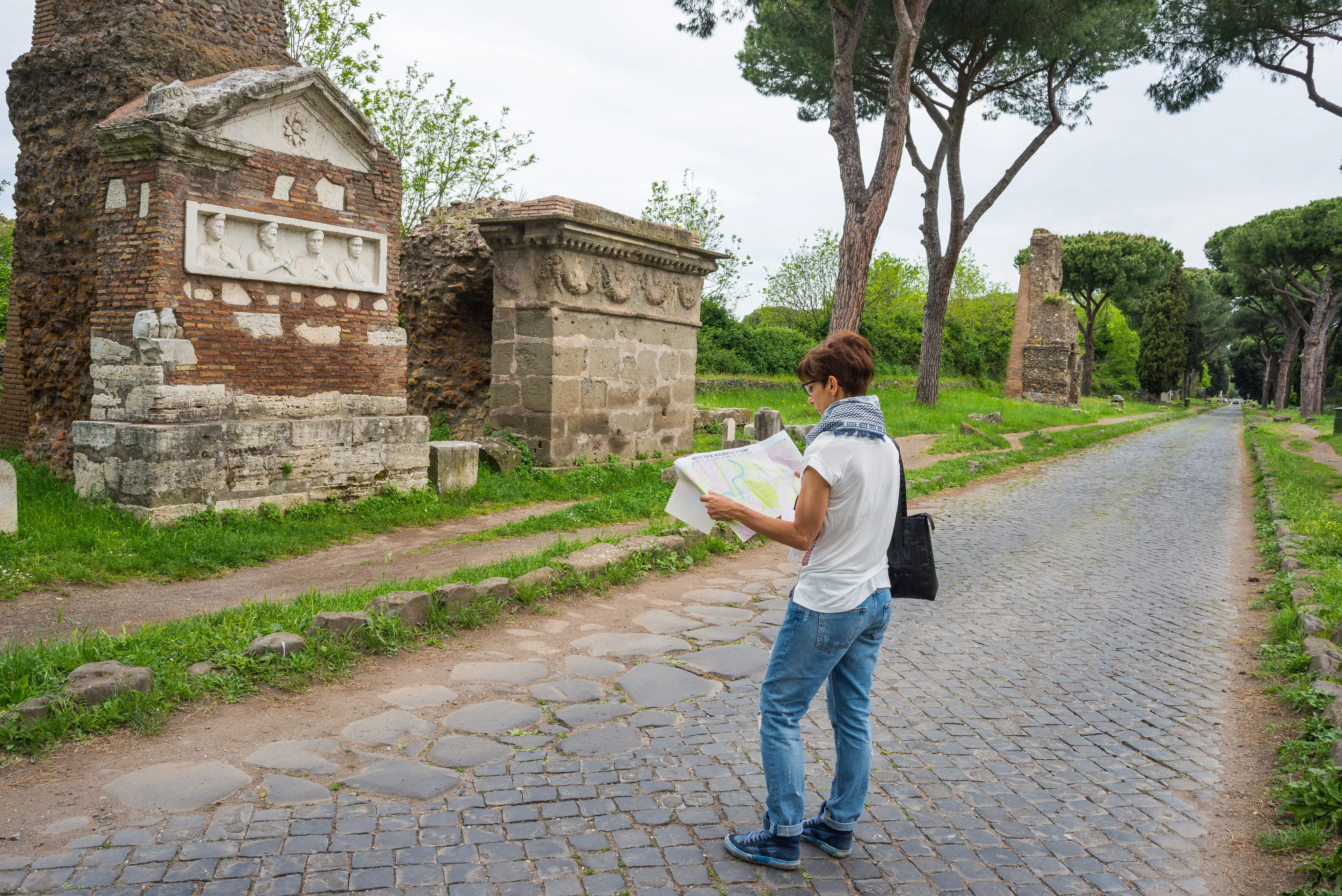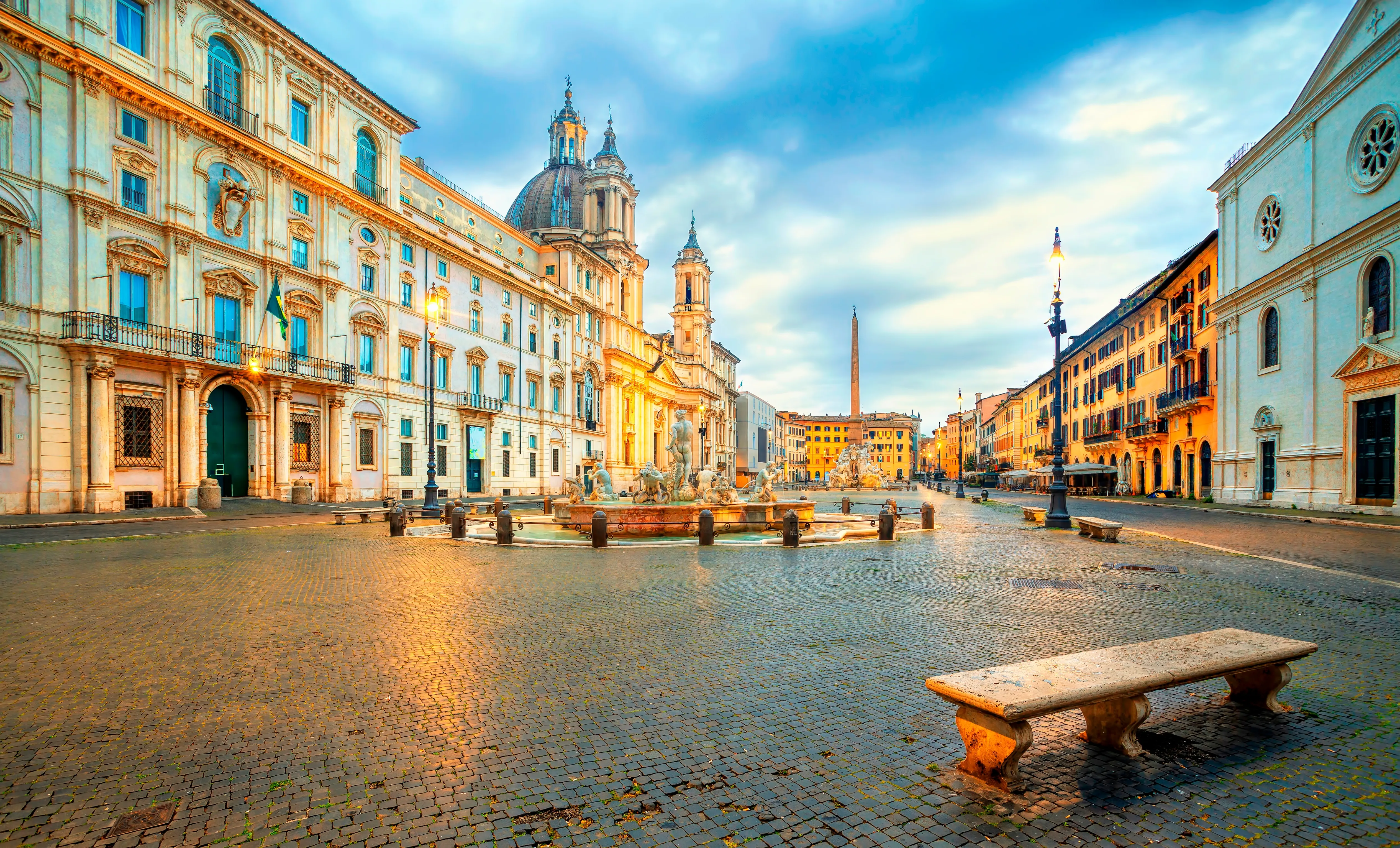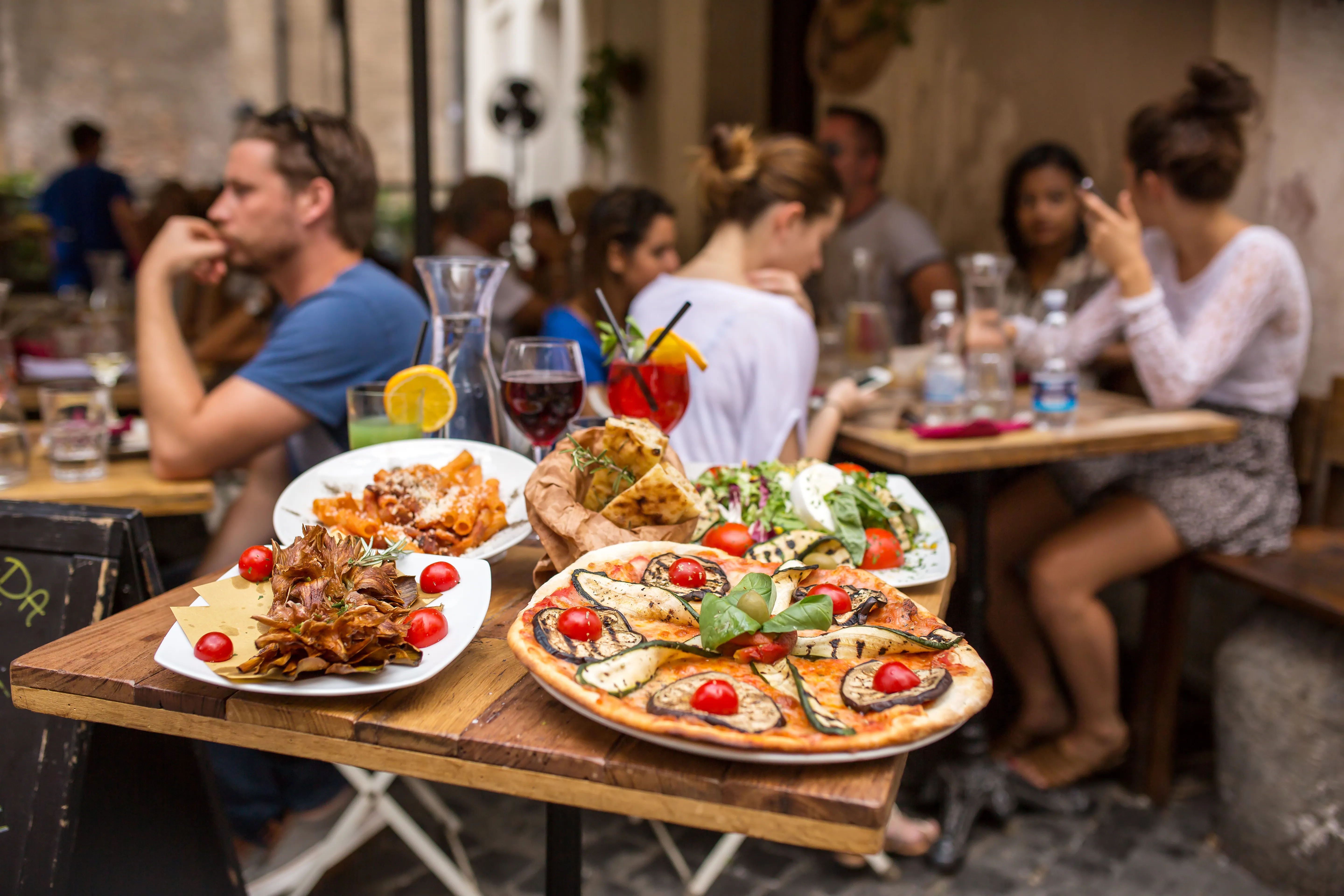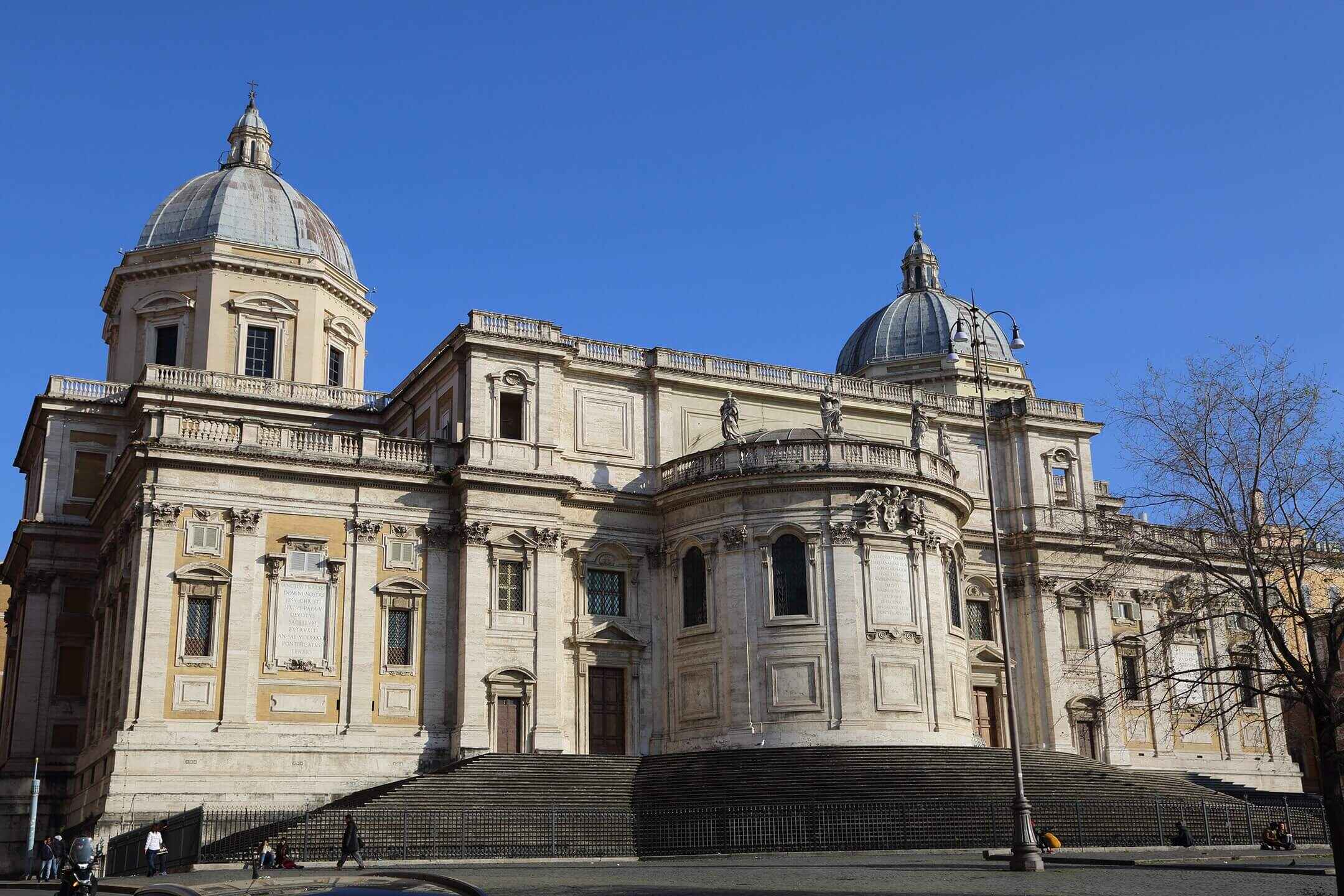
Santa Maria Maggiore
The Basilica Santa Maria Maggiore, one of the four papal basilicas in Rome, is the largest church dedicated to the Virgin Mary in the Eternal City. Pilgrims come from all over the world to admire the beautiful treasures held inside the church.
- A Grand Entrance: Facade, Bell Tower, and Baroque Beauty
- Mosaic Masterpieces: Biblical Stories and the Coronation of the Virgin
- Sacred Relics: The Holy Crib and the Legacy of Pope Pius IX
- The Miracle of the Snows: A Legendary Beginning for the Basilica

A Grand Entrance: Facade, Bell Tower, and Baroque Beauty
The east-facing facade and main entrance of the basilica is home to the magnificent mosaics of Ferdinand Fuga and his spacious, baroque architecture gives a lightness to intricate columns of the arches. The statues that accentuate the facade’s outline include Popes and Saint Charles Borromeo, with Madonna and Child seemingly hovering above. The Romanesque bell tower of St. Mary Major is the tallest in Rome, rising 75 meters in height.

Mosaic Masterpieces: Biblical Stories and the Coronation of the Virgin
Santa Maria Maggiore is also home to the incredible 5th century mosaics that were commissioned by Sixtus III and run along the nave and triumphal arch. The story of Abraham, Jacob, Moses and Joshua are told by the nave mosaics. The beautiful mosaics found in the apse were executed by the Jacopo Torriti in the 13th century. The Coronation of the Virgin Mary is shown in the central medallion and scenes from her life are detailed in the lower band. The branches of two acanthus trees blossom and curl their way through the scenes.

Sacred Relics: The Holy Crib and the Legacy of Pope Pius IX
The relic of the Holy Crib is also found within the basilica with a statue of Pope Pius IX kneeling beside it. Pius IX’s coat of arms can be found above the altar in the crypt chapel and there is an urn made of precious crystal and trimmed in silver that was designed by Guiseppe Valadier.
The Miracle of the Snows: A Legendary Beginning for the Basilica
The Miracle of the Snows is celebrated every 5th of August with cascading white petals falling from the coffered ceiling. This commemorates the event that led to the basilica’s construction. Legend has it that the Virgin Mary appeared in a dream to Pope Liberius and the Roman Patrician John. On August 5, 358, the Esquiline hill was covered in snow and Pope Liberius chose this spot for the church and traced its perimeter in the snow.
